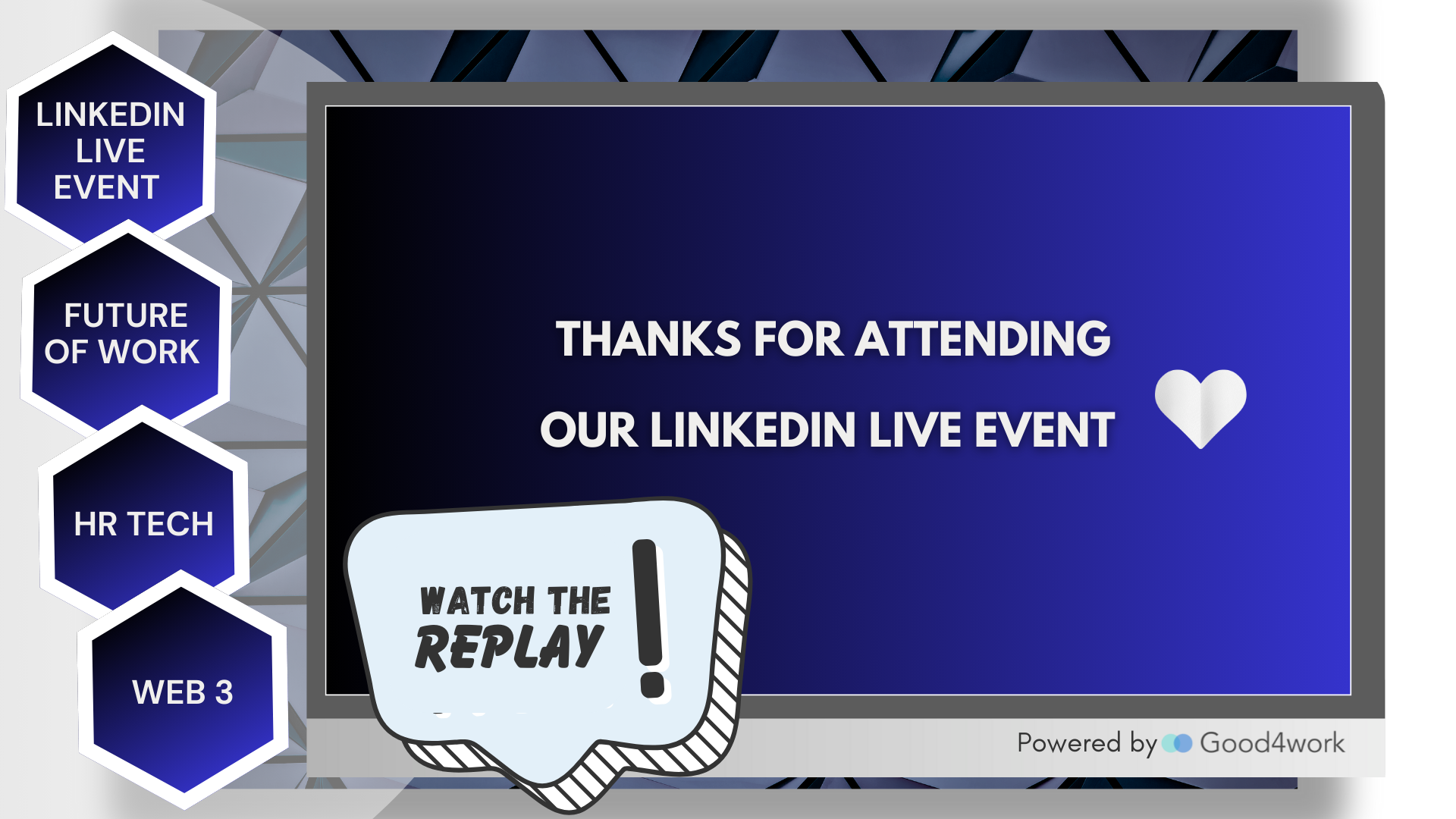The 2025 Inspirus Q1 HR Trends Report highlights the growing disconnect between current workforce capabilities and evolving business demands. With 85 million jobs projected to go unfilled globally by 2030, organizations must take a strategic approach to acquiring, upskilling, and retaining employees.

Here’s how HR leaders can bridge these gaps and ensure their workforce is equipped for the future.
- Strategic Talent Acquisition: Hiring for the Future, Not Just the Present
Traditional hiring models often focus on immediate needs, but in 2025, organizations must look ahead to hire for emerging skill sets. The Inspirus report emphasizes that 23% of jobs will undergo change in the next five years, making it critical to future-proof hiring strategies.
How to implement:
- Redefine job descriptions to emphasize adaptability and learning potential over rigid skill requirements.
- Leverage AI-powered talent analytics to assess candidates’ long-term fit for evolving roles.
- Build diverse talent pipelines by partnering with universities, boot camps, and industry certification programs.
Companies that anticipate skill shifts and hire accordingly will be in a stronger position to adapt to change.
- Upskilling and Reskilling: A Non-Negotiable Business Strategy
With 62% of job seekers prioritizing organizations that offer career development, companies that fail to provide growth opportunities risk losing top talent. The rapid evolution of AI and digital transformation requires HR teams to build learning cultures where employees can continuously develop new skills.
What to do:
- Prioritize critical skill gaps based on strategic business objectives.
- Offer flexible, personalized learning through microlearning, digital credentials, and mentorship programs.
- Use real-time skill recognition to track and validate employee growth, ensuring reskilling efforts align with business needs.
Rather than replacing talent, companies should invest in reskilling existing employees, fostering loyalty while reducing hiring costs.
- Retention: Creating an Engaging Employee Experience
Employee disengagement is at an all-time high, with 51% of workers actively seeking new opportunities. To combat the ‘Great Detachment,’ HR teams must go beyond compensation and focus on meaningful employee experiences.
Next steps:
- Recognize skills and contributions in real-time to boost engagement.
- Foster leadership development by equipping managers with tools to support hybrid and AI-driven workforces.
- Enhance workplace culture by prioritizing purpose, transparency, and well-being.
Today, employees expect more than just a paycheck—they seek growth, recognition, and connection within their workplace.

Future-Proofing Talent Strategies with AI and Web3
Workforce planning must be agile, data-driven, and focused on continuous skill development. Good4work.com is at the forefront of this transformation, helping organizations implement AI-powered, Web3-based skill recognition to identify, reward, and retain top talent.
As we move into 2025, the companies that embrace innovative talent strategies will be the ones that thrive. Is your workforce ready for the future?
👉 Learn more at Good4work.com

